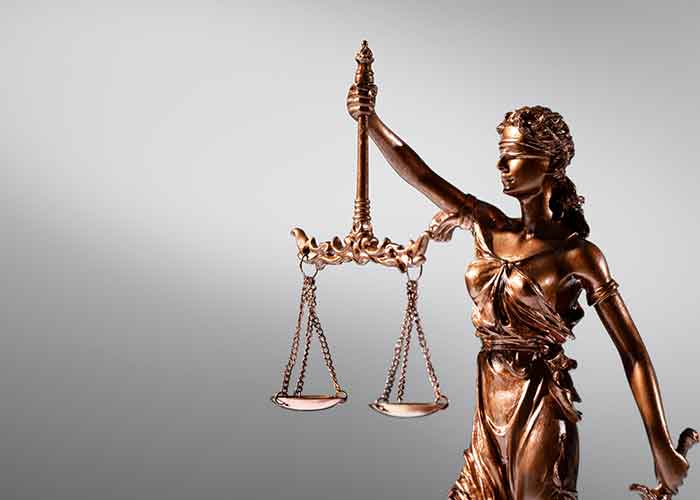It is not uncommon for privately owned land to have a public right of way across it. As a landowner, it is crucial to understand your obligations regarding any rights of way crossing your land, as failure to comply can have serious consequences.
Rights of way in England and Wales have a long history dating back hundreds of years and are widespread throughout the country. These rights generally fall into two categories: footpaths and bridleways, each with distinct obligations. A footpath grants the public the right to walk or use mobility aids, while a bridleway extends this right to horse riders and cyclists as well.
Rights of Way Obligations
A landowner whose land features a public footpath or bridleway must adhere to the following obligations at all times:
- Avoid obstructing the route with hedgerows, fences, walls, etc. Failing to do so is a criminal offence under the Highways Act 1980 and can result in up to 51 weeks in prison.
- Ensure vegetation does not block the route, maintaining adequate clearance required for different uses. Bridleways must have sufficient access for both a horse and rider.
- Refrain from ploughing or disturbing the land for a field-edge Right of Way. If the field is cultivated, 1.5 metres must be left for a footpath and 3 metres for a bridleway.
- Avoid cultivating a cross-field Right of Way unless absolutely necessary. If disturbed, it must remain clear on the ground and suitable for use within 14 days of initial cultivation or within 24 hours of subsequent cultivation.
- Maintain stiles, gates, or similar structures. However, the landowner is entitled to receive at least 25% of the cost back from the highways authority.
What Can an Owner Do?
Livestock can still be kept in fields with rights of way; however, the owner must ensure that they do not pose a danger to the public. Failure to do so can lead to criminal prosecution. Additionally, certain breeds of bull are prohibited over the age of 10 months, and all other bulls must be accompanied by cows at all times. Owners can display signs warning of bulls only when the bull is actually present.
Owners can make changes to structures, but they must seek approval from the highway authority. If they create or expand a ditch across a public right of way, they must provide a bridge for access. When a stile requires removal, the owner should consult the highway authority to determine if a gate or gap would be suitable, particularly for those with mobility issues.
It is permissible to spray approved pesticides, provided that the instructions displayed on the pesticide are strictly followed. The owner may offer an informal alternative route for the right of way, but if the public chooses to use the official route, the owner must temporarily cease spraying pesticides.
Remove or Create a Right of Way
To alter or remove a public right of way, a landowner must obtain a public path order from the relevant local authority, which also has the authority to divert a right of way. This action may be taken for various reasons, such as protecting the privacy of local residents or addressing interference with farming activities.
Public path orders can also establish new rights of way, and local authorities solicit input from landowners, local residents, and those who would benefit from a new right of way. They consider factors such as the necessity of the right of way, its impact on residents and landowners, and the optimal location for the new route.
The extensive legislation surrounding rights of way underscores their importance and reflects the longstanding history of rights of way in England and Wales. Care must be taken when making alterations to footpaths, bridleways, or surrounding land. In cases involving complex issues related to rights of way and landowner rights, seeking legal advice is often advisable.
To discuss any matters concerning rights of way with a specialist, please contact the team at DLS Solicitors on 01625 460281, send an email, or use the online chat feature below.

